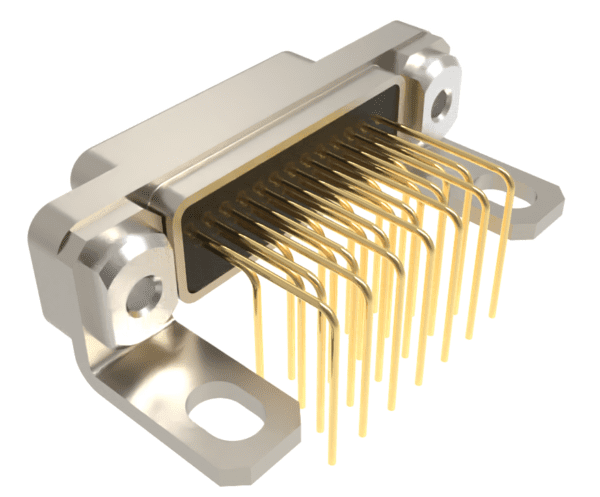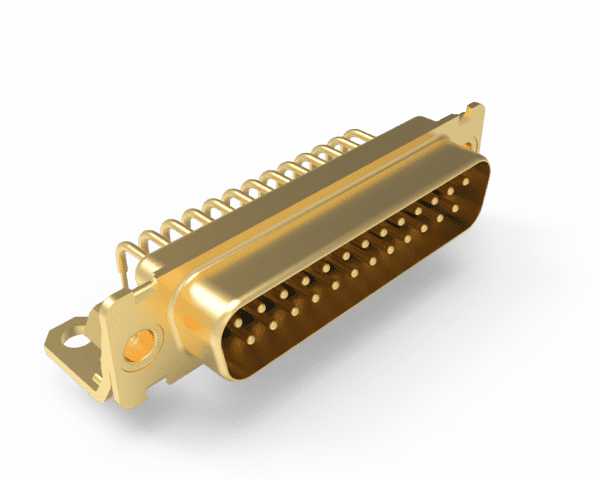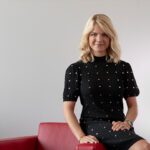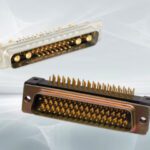Rugged Connectors in Space Environments
New ruggedized connector solutions reach for the stars with materials and designs that deliver high reliability, flexibility, cost-savings, and meet the strict qualifications for top performance in space.

From high vibration and shock during launch, to extreme temperatures, radiation, and electrostatic discharge (ESD), equipment leaving Earth’s atmosphere must endure exceptional rigors, making ultra-high reliability the top priority. Additionally, the distance and complexities of space do not easily allow for component repair or replacement. Therefore, every component must be carefully specified and designed in. Space connectors are specialized, highly regulated components that utilize rugged materials and standardized test and processing procedures to ensure reliable performance.
The spacecraft market is segmented by type (manned spacecraft and unmanned spacecraft), geography, and investment entity (government and private). Investments by various countries and private entities for commercial and military space exploration and applications are driving the growth of this market. The development of advanced technologies has led to the miniaturization of spacecraft components and a reduction in overall manufacturing cost. The spacecraft market is anticipated to register a CAGR of over 8% during the forecast period (2021-2026) and the global space industry could generate revenue of more than $1 trillion or more in 2040, up from $350 billion in 2020.
Traditional connector technologies, including D-sub, combo D, micro-D, and micro strip formats, as well as accessories such as backshells, screw-locks, and interfacial seals, are still used in space applications because of their proven performance in harsh environments. New space-grade connectors are also coming into the market. The United States military and European Space Agency (ESA) specifications are more rigorous than ever, and connectors must be designed in accordance with MIL-Spec and ESA qualifications and quality levels.
To ensure they operate reliably in space, the choice of materials for new connectors is very important. They must exhibit no outgassing, resistance to temperature variation, very low magnetism, and low electrical contact resistance. Specialized plating materials allow connector manufacturers to design and manufacture devices to custom specifications, such as a completely terminated connector family, custom-designed insulators, shielded and unshielded designs, and the addition of outside molded strain relief to protect contact termination of connector wires.
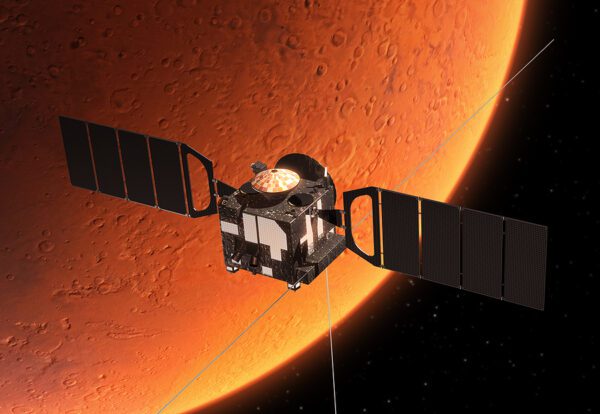
Interplanetary Space Station Orbiting Planet Mars.
Silver plating is suitable for connectors used in applications that are not subjected to harsh environmental conditions. However, silver typically exhibits contact resistance instability when the temperature exceeds +85 °C. Temperatures in atmospheric (space) conditions can range from below -200 °C to above +200 °C. For MIL- and ESA-specified connectors, a more robust solution must be designed, such as the use of an underlayer of nickel followed by a layer of gold, as gold does not lose connectivity due to change in its contact resistance with temperature changes. The nickel-gold combination is suitable for operation in environments with temperatures to +200 °C.
Connectors for space applications must also meet stringent outgassing and residual magnetism requirements. The use of non-outgassing and non-magnetic metal materials is imperative, as outgassing and magnetism from certain raw materials used in the connector can negatively affect the performance of the device and produce inaccurate signal readings. Materials with no outgassing and low residual magnetism elements, such as special copper alloys, prevent RF and magnetic interference. Copper alloy materials are also capable of withstanding extremely high temperatures.

MDM/MDMA connectors from C&K Components meet stringent outgassing and non-magnetic requirements, and are suitable for wide temperature variations
Advanced configurations
Connecting PCBs and various modules within satellite systems and launchers requires components that exhibit the utmost reliability. Advanced contact configurations provide a secure base for the contact and exhibit superior electrical and mechanical characteristics as compared to traditional machined or stamped contact systems. A micro twist pin contact system, for example, consists of beryllium copper wire wound around stranded cores. The wire bundle is crimped into a sleeve at one end, while the other end is terminated with a hemisphere-shaped weld. The flexible twist-pin is recessed into the insulator and the rigid socket is exposed, reversing the traditional positions of pin and socket. When the connector mates, the socket is guided into the pin insulator by the lead-in chamfer. The pin is kept from flexing beyond the socket capture radius by the walls of the cavity. The hemispherical weld of the controlled radius at the tip of the pin combines with the lead-in chamfers of the socket contact and the pin insulator to cam the pin into alignment.

The twist pin contact design provides multiple points of electrical contact, highly reliable crimps, high current handling capabilities, and extended life cycles. These designs will mate even under severe misalignment conditions, such as high shock and vibration environments.
Various contact configurations also play a considerable role in military and space applications. Removable contacts allow the user to adjust the length of the cable or crimp the cable in the contact before installation to compensate for deviations during integration. Although removable contacts are a significant benefit in terms of flexibility, non-removable pin & socket contacts installed during production are often designed for use with a PC board and are typically application-specific with contacts already bent for simplified PC board mounting. Also, filtered contact configurations are designed to filter out excess noise and are subsequently used in applications where radiation is a factor. Because of the contact configuration options available, connector manufacturers are better able to meet application-specific requirements.
Size & Weight
Size and weight of all components, including connectors, have a great impact on the design, performance, and cost of a mission. On average, the cost to launch a gram of weight into space is $30. One satellite can have upwards of a thousand connectors. Adding more functionality to smaller and lighter connectors can mean significant cost savings.
Custom connector designs are often required to meet space constrained applications. Integrating connectors with uniquely shaped housings to meet limited space requirements is common in space applications. Combo signal and power connectors save space and weight. Most space applications utilizing D-sub connectors require signal capability of up to 5 Amps and power capability in the 40 Amp range. Custom variations can be developed to meet most any signal and power requirement.
Comprehensive testing
Connector manufacturers with MIL- and ESA-qualified manufacturing facilities have zero-defect manufacturing standards in place, and often meet other qualifications and certifications as well, such as ISO and EN9100 standards. To achieve zero-defect specifications, connector manufacturers often manage all the raw materials and component parts that will go into assembling each connector, ensuring each part is within the defined acceptance limits of the application. All parts are observed with magnification up to 50x, further eliminating any possible defects.
In addition to managing materials, high reliability connectors are subjected to a battery of tests to simulate rigorous operating conditions and ensure they maintain alignment under duress and meet zero defect requirements. Connectors are tested with random or sinusoidal shock and vibration (specified up to 20G) in each of three simultaneously occurring directions, applying the motion for 90 minutes and thus guaranteeing that no misalignment or mismating will occur. These connectors are also subjected to salt baths to guarantee no infiltration of particles that could cause materials on the connector to corrode. Finally, at the end of the assembly process, all parts are tested individually to ensure they meet defined specifications, such as contact resistance, insulation resistance, and impedance value.
Manufacturing connectors for aerospace applications requires proven capabilities in every phase of the development process, from design to manufacturing to assembly and test. Connectors that are highly reliable as well as versatile and meet both MIL-Spec and ESA specifications are most likely to be specified by high-reliability customers for use in satellites, launchers, and spacecraft equipment.
Visit TTI Inc. to learn more about C&K Aerospace’s high-reliability interconnects.
By C&K Components with TTI Inc.
Like this article? Check out our other Harsh Environment and How to Specify articles, our Mil/Aero Industry articles, and 2022 Article Archives.
Subscribe to our weekly e-newsletters, follow us on LinkedIn, Twitter, and Facebook, and check out our eBook archives for more applicable, expert-informed connectivity content.
